Buy this modern artwork El Lissitzky, Cover, 1919 by Atelier Liesjes on canvas, ArtFrame, poster and wallpaper, printed on demand in high quality.
About "El Lissitzky, Cover, 1919"
by Atelier Liesjes
About the artwork
The Had Gadya, a charming ten verse Aramaic song based on a German ballad, is sung at the end of the Passover seder. This song has been interpreted in various ways, both textually and visually. The verses describe a young goat, recently purchased by a father (made personal to each individual singer by the pronoun "my" father).
Generally considered an allegory for the oppression and persecution of the Jewish people, the various villains in Jewish history have been compared to aggressor nations. But God's triumph leaves hope for Jewish survival. The poem was often illustrated as part of the Haggadah - the text for the seder ritual - a work that was an illustrator's favorite in its own right for its narrative simplicity and popular appeal.
El Lissitzky uses an architectural framework with imaginatively designed, human-influenced, modernist Hebrew typography as the boundary for each narrative sequence. The effect is a step in the development toward his classical, architecturally based abstraction. This culminates in El Lissitzky's remarkable artistic invention, which he referred to by the acronym PROUN (from the Russian words for "project for the affirmation of the new").
El Lissitzky, actually Lazar Markovich Lisitsky (Potshinok, Russia, November 22 or 23, 1890 - Moscow, December 30, 1941), was a Russian Jewish artist, painter, graphic artist, architect, typographer, and photographer.
Lissitzky was one of the leading artists in the

About Atelier Liesjes
Art for sale. Shop with photos and art as wall decoration. Posters, metal (aluminium or steel), glass, canvas, photo print, wood, framed, canvas, photo wallpaper or garden canvas.
The collection of wall decoration or wall decorations is very broad, from nature through..
Read more…
 Netherlands
Netherlands Ordered in November 2024
Ordered in November 2024
 Netherlands
Netherlands Ordered in November 2017
Ordered in November 2017
 Germany
Germany Ordered in January 2025
Ordered in January 2025
 Germany
Germany Ordered in July 2019
Ordered in July 2019
 Germany
Germany Ordered in December 2021
Ordered in December 2021
 Netherlands
Netherlands Ordered in November 2019
Ordered in November 2019
 Netherlands
Netherlands Ordered in August 2025
Ordered in August 2025
 Germany
Germany Ordered in October 2024
Ordered in October 2024
 Netherlands
Netherlands Ordered in October 2022
Ordered in October 2022
 Netherlands
Netherlands Ordered in August 2018
Ordered in August 2018
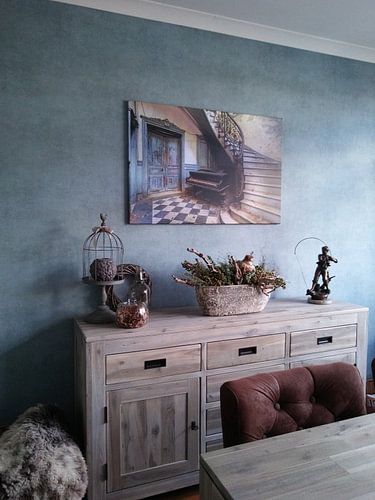
 Netherlands
Netherlands Ordered in December 2019
Ordered in December 2019
 Germany
Germany Ordered in May 2019
Ordered in May 2019
About the material
ArtFrame™
Interchangeable Art Prints
- High-quality print
- Easily interchangeable
- Acoustic function
- Large sizes available
Discover the artworks of Atelier Liesjes
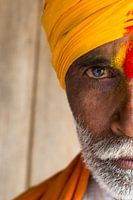 India, manAtelier Liesjes
India, manAtelier Liesjes The farmer's wife, naked model posing as a pinup in a windowAtelier Liesjes
The farmer's wife, naked model posing as a pinup in a windowAtelier Liesjes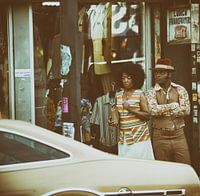 two people in a shopping street in the 70sAtelier Liesjes
two people in a shopping street in the 70sAtelier Liesjes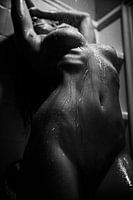 The beauty; Erotic nude in the showerAtelier Liesjes
The beauty; Erotic nude in the showerAtelier Liesjes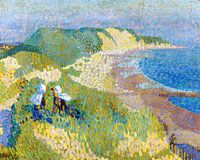 Sea and dunes near Zoutelande, Jan Toorop,Atelier Liesjes
Sea and dunes near Zoutelande, Jan Toorop,Atelier Liesjes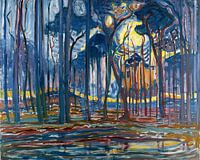 Piet Mondriaan, Bosch; Bos bij Oele, 1908Atelier Liesjes
Piet Mondriaan, Bosch; Bos bij Oele, 1908Atelier Liesjes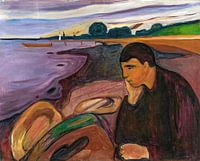 Edvard Munch, melancholy, 1896Atelier Liesjes
Edvard Munch, melancholy, 1896Atelier Liesjes Costumed ball, Max RabesAtelier Liesjes
Costumed ball, Max RabesAtelier Liesjes Reclining Nude, George Hendrik Breitner - 1887Atelier Liesjes
Reclining Nude, George Hendrik Breitner - 1887Atelier Liesjes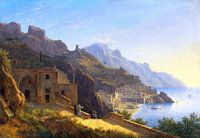 View of the Capuchin Monastery near Amalfi, CARL MORGENSTERN, 1840Atelier Liesjes
View of the Capuchin Monastery near Amalfi, CARL MORGENSTERN, 1840Atelier Liesjes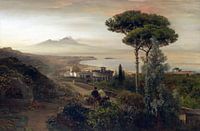 Vesuvius and Bay of Naples, OSWALD ACHENBACH, 1884Atelier Liesjes
Vesuvius and Bay of Naples, OSWALD ACHENBACH, 1884Atelier Liesjes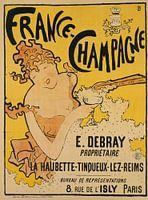 Poster with advertisement for France-Champagne - Pierre Bonnard, 1889-1897Atelier Liesjes
Poster with advertisement for France-Champagne - Pierre Bonnard, 1889-1897Atelier Liesjes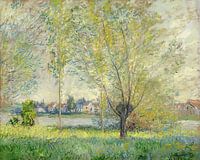 Willows in a landscape, Claude Monet (1880)Atelier Liesjes
Willows in a landscape, Claude Monet (1880)Atelier Liesjes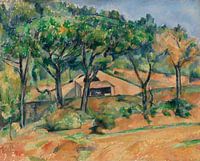 House in Provence, Paul Cézanne (ca.1890)Atelier Liesjes
House in Provence, Paul Cézanne (ca.1890)Atelier Liesjes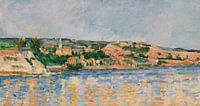 Village by the water , Paul Cézanne (ca. 1876)Atelier Liesjes
Village by the water , Paul Cézanne (ca. 1876)Atelier Liesjes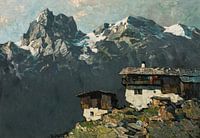 Oskar Mulley, Mountain farm, ca 1930Atelier Liesjes
Oskar Mulley, Mountain farm, ca 1930Atelier Liesjes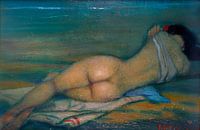 Federico Beltrán Masses, NudeAtelier Liesjes
Federico Beltrán Masses, NudeAtelier Liesjes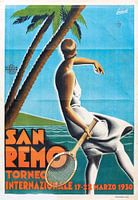 San Remo - International tournament, Gino Boccasile, 1930Atelier Liesjes
San Remo - International tournament, Gino Boccasile, 1930Atelier Liesjes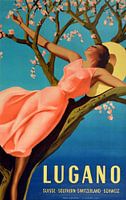 Gino Boccasile, Travel poster Lugano Suisse South Switzerland Schweiz, 1939Atelier Liesjes
Gino Boccasile, Travel poster Lugano Suisse South Switzerland Schweiz, 1939Atelier Liesjes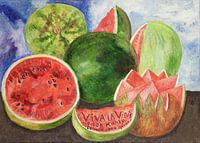 Frida, Viva la vida, 1954Atelier Liesjes
Frida, Viva la vida, 1954Atelier Liesjes
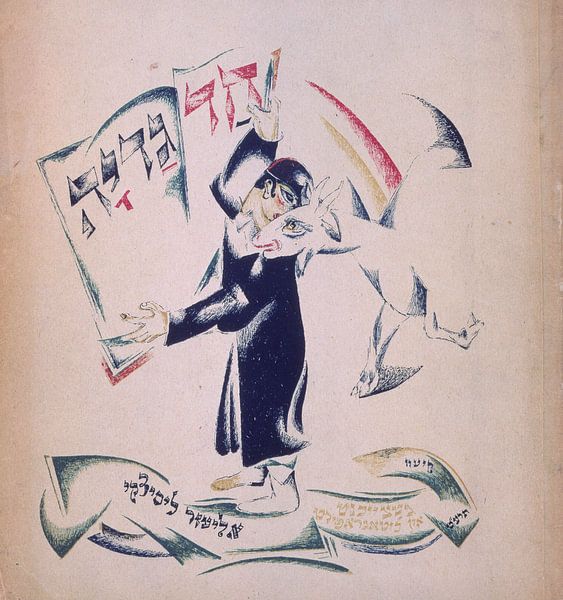












 Illustrations
Illustrations Modern
Modern Reading and books
Reading and books









